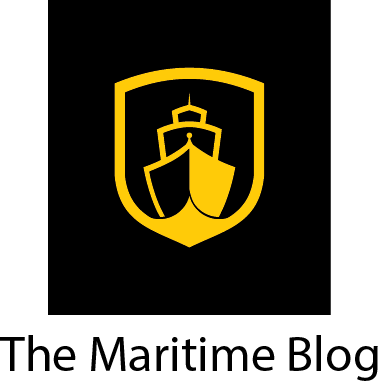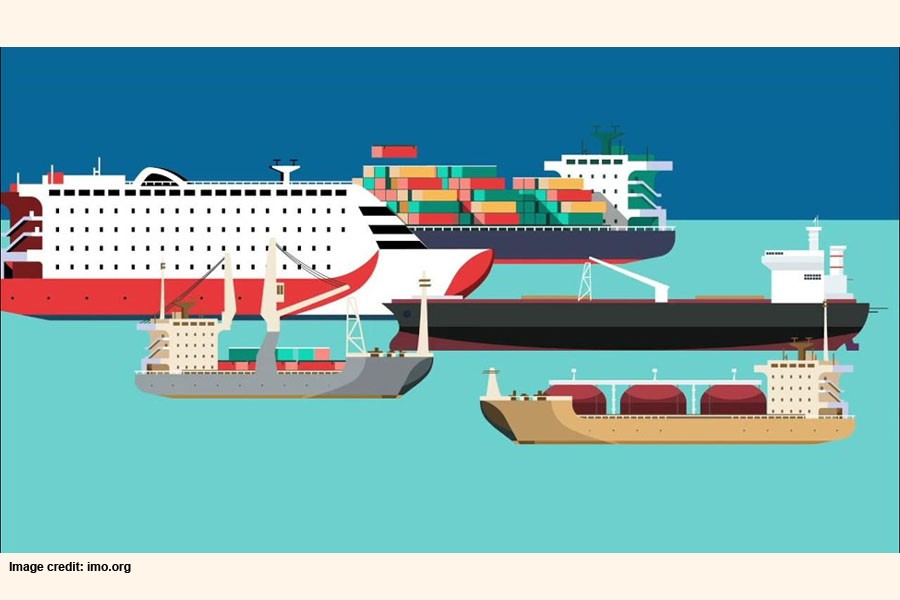 The tanker market is about to receive some new direction towards the end of the week, should OPEC’s summit changes the current status quo in oil production. In its latest weekly report, shipbroker Gibson noted that “the current dynamics in the oil markets are very different to the conditions seen just a year ago. Back in June 2017, OECD crude stocks were firmly stuck at their record high level for this time of year. By April 2018 inventories declined below the five year seasonal average, providing clear evidence that the cutbacks in OPEC/non-OPEC production have proved effective in clearing the overhang of crude oil supply. The situation was also helped by the unintentional decline in output in a number of OPEC countries, most notably in Venezuela. Not surprisingly, oil prices have firmed notably. Brent crude is now trading around $75/bbl, after briefly touching $80/bbl last month, following the US decision to reimpose sanctions on Iran. Several sources within OPEC have raised the possibility of modifying the current output arrangement, which will be discussed and decided during the upcoming meeting between OPEC and non-OPEC states next week”.
The tanker market is about to receive some new direction towards the end of the week, should OPEC’s summit changes the current status quo in oil production. In its latest weekly report, shipbroker Gibson noted that “the current dynamics in the oil markets are very different to the conditions seen just a year ago. Back in June 2017, OECD crude stocks were firmly stuck at their record high level for this time of year. By April 2018 inventories declined below the five year seasonal average, providing clear evidence that the cutbacks in OPEC/non-OPEC production have proved effective in clearing the overhang of crude oil supply. The situation was also helped by the unintentional decline in output in a number of OPEC countries, most notably in Venezuela. Not surprisingly, oil prices have firmed notably. Brent crude is now trading around $75/bbl, after briefly touching $80/bbl last month, following the US decision to reimpose sanctions on Iran. Several sources within OPEC have raised the possibility of modifying the current output arrangement, which will be discussed and decided during the upcoming meeting between OPEC and non-OPEC states next week”.
“Of course, any increases in crude production will translate into more cargoes in the market. The key questions are by how much and where from. Some have cited that output could quickly increase by 1 million b/d, although this largely remains speculation. Primarily, only the Middle East countries and Russia have the capacity to increase production meaningfully, with the majority of the potential gain coming out of the Middle East. If that is the case, VLCCs could be the main beneficiaries, particularly, if most of incremental barrels are traded to the Far East. Higher Russian output would mainly aid the Aframax market, the default tanker size trading out of the Baltic Sea and one of the preferred options for trading Russian crude out of the Black Sea”, said Gibson.
According to the shipbroker, “however, it remains to be seen whether the potential increase in OPEC/non-OPEC crude output will be sufficient to have a meaningful positive impact on tanker earnings taking into account the large surplus capacity, following the relentless fleet growth since early 2016. Also, we should not forget that some if not most of the potential gain in production will simply be replacing barrels that have disappeared from the tanker market over the past few months alone. Since January 2018, OPEC total crude supply has fallen by nearly 0.5 million b/d, due to the accelerating decline in Venezuelan output and smaller falls in a number of OPEC countries in West and North Africa. At the same time, a notable decline has also been observed in Russian crude exports out of the Baltic Sea this year, following the expansion of the ESPO pipeline branch into China’s interior”.
Gibson noted that “going forward, there is of course a possibility of a further drop in Venezuelan crude production. There is also the risk of a fall in Iranian production, after US sanctions take effect. As such, there is a large element of uncertainty surrounding the future path. There is, however, one thing that we are more confident about. Should OPEC and its allies agree to boost production, then owners sentiment is also likely to receive a similar boost; which, as we all know very well, is not a factor to be ignored in the shipping market”, the shipbroker said.
Meanwhile, in the crude tanker market this past week, Gibson said that “a repeat one paced performance for VLCCs this week with rates a little squeezed to just under ws 40 for older units to the East and more modern units to ws 47 with levels to the West stubbornly under ws 20 for all destinations. The June programme is now effectively closed out but July schedules are likely to be a little delayed by the current Eid Holiday, and an early week Holiday in China will further disrupt a smooth entry into next week. Suezmaxes pushed and pulled on cargoes to the West but the upshot was for the market to end at the underside of ws 30 there, and to around ws 70 to the East. Availability looks easy enough to prevent any near term break-out from that. Argmaxes became busier but not sufficiently to push rates beyond their previous 80,000mt by ws 95 marks to Singapore, though there remains potential into next week”, the shipbroker concluded.
Nikos Roussanoglou, Hellenic Shipping News Worldwide





















